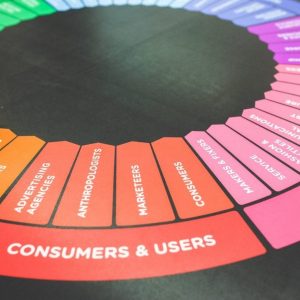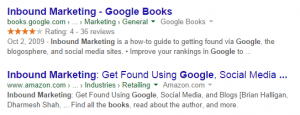Among educated, modern workers, few habits are as ubiquitous as multitasking, the apparent process of handling more than one task or activity at the same time. I say “apparent,” because there’s compelling scientific evidence suggesting that multitasking is mostly about task switching, or jumping back and forth between different activities or areas of attentional focus.
So, while we may “feel” that we are being productive by doing many things at once, we are mostly dividing our finite attentional resources between different task, spreading ourselves too thin intellectually.
As I illustrate in my latest book, the economic costs of this are monumental. Around 60% to 75% of workers report to being distracted at work, which, in the U.S. alone, amounts to around a $650 billion in lost productivity (15 times higher than the cost of turnover, absenteeism, and wellness).
Research shows that even brief mental blocks created by shifting between tasks can cost as much as 40% of someone’s productive time, the equivalent of dropping 10 IQ points from our cognitive performance—about as debilitating as smoking weed, minus the subjective experience of feeling more creative (often, unmatched by objective achievements).
Multitasking is particularly prevalent during videoconference meetings (e.g., Zoom, Teams, Google Meet, etc.), which explains why many people prefer to be off camera, and why many workers are excited by the ability to send their avatars to attend meetings on their behalf, having AI not just record, transcribe, and summarize the meetings, but also participate as if they were there.
Perhaps the future of videoconferences will have every employee sending their AI or virtual avatar to attend on their behalf, speaking to other AI assistants, while we find alternative activities that captivate our full attention—not watching YouTube, Netflix, or TikTok videos, but something that actually adds value to our employer?
In the meantime, here are a few considerations about the perils of multitasking, especially during conference calls:
To build a culture of engagement and productivity, leaders must reassess their approach to meetings and task management. It’s imperative to foster an environment where deep work is valued over the illusion of busyness.
Solutions include:
Personal responsibility plays a vital role. Professionals must cultivate the discipline to focus and the courage to communicate when a meeting is redundant.
By embracing these strategies, we can transform the modern workspace into a realm where quality trumps quantity, attention is preserved, and genuine productivity is the norm rather than the exception.
The goal is clear: To achieve a work environment where multitasking is the exception, not the rule, and where every task performed is an intentional stride towards excellence.
(10)
Report Post









